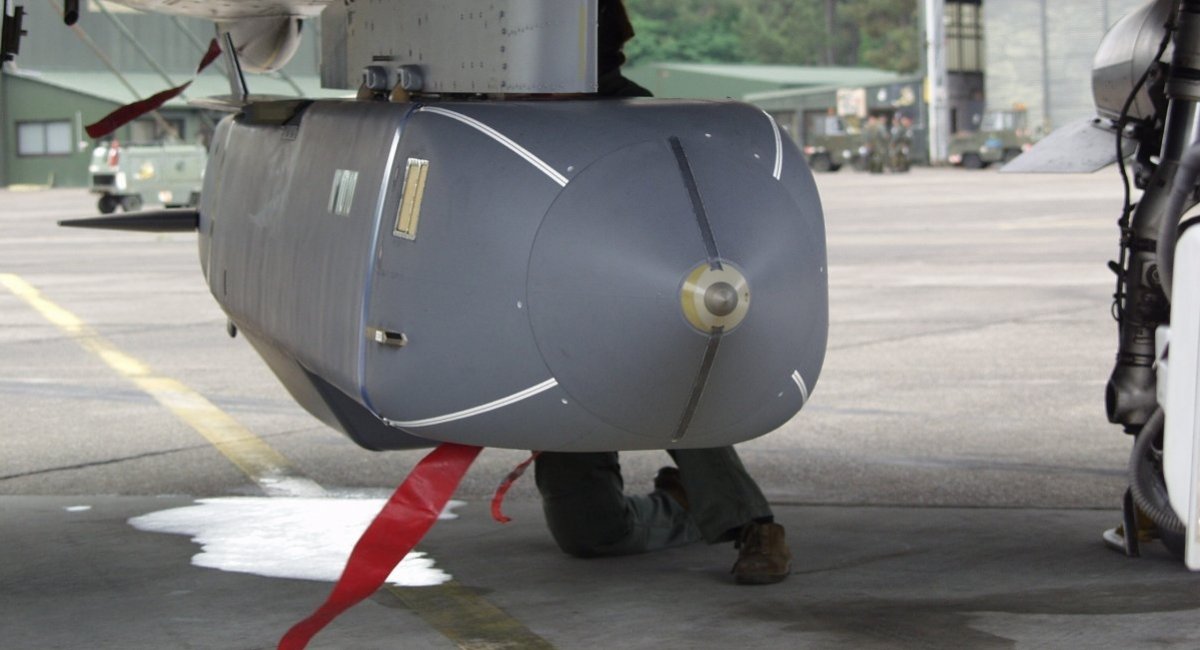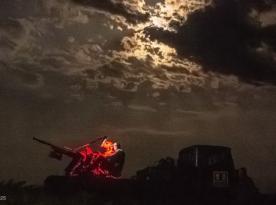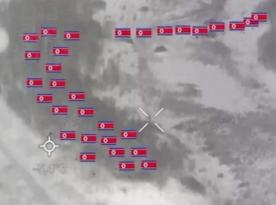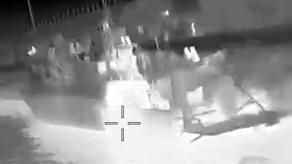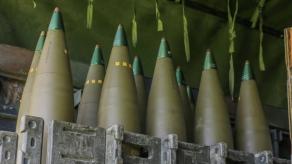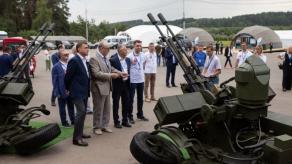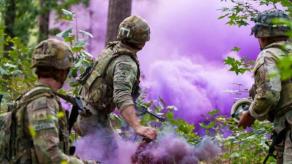Despite the ongoing debate about Ukraine using Western long-range weapons for strikes on russian territory, these discussions see no tangible progress. Meanwhile, some technical aspects of this issue are now coming to light. For example, while London deems it possible to unilaterally allow its Storm Shadow missiles to strike targets in russia, such strikes are unlikely to be effective without U.S. support.
This was briefly mentioned in the British press, noting that the missile’s guidance system relies on U.S.-owned classified cartographic data. Without access to this data, the missile would have to rely solely on GPS, making it vulnerable to russian electronic warfare systems that could easily disrupt it.
Read more: Ukraine Initially Wanted US ATACMS Missiles Strikes on russian Air Bases, But Targets Have Evolved – Reuters
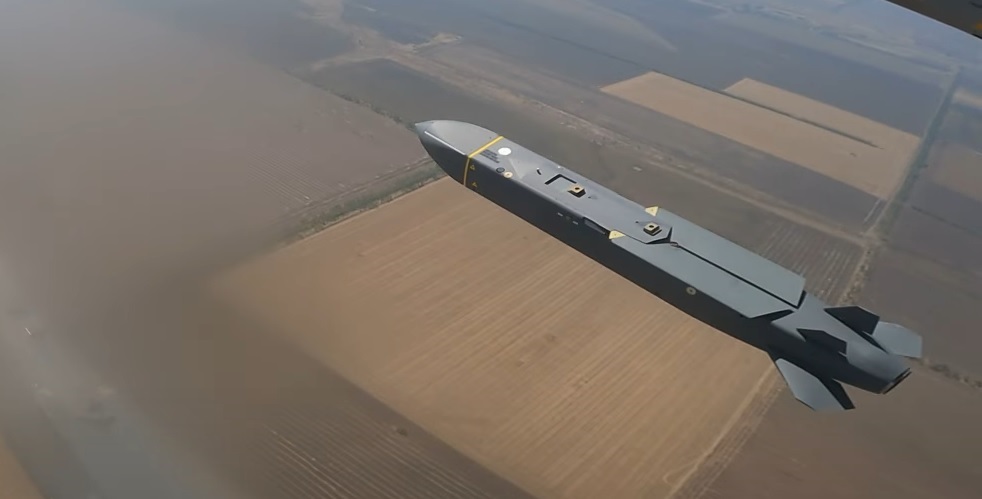
While the specific navigation system wasn’t named, it’s clear what’s being referred to. The Storm Shadow missile uses three navigation systems during the midcourse, with a fourth for the terminal phase of flight. According to the MBDA manufacturer's website, the missile uses inertial and satellite navigation, as well as Terrain Reference Navigation (TRN). This technology scans the terrain below and compares it with a pre-loaded reference image tied to exact coordinates.
There are two subtypes of TRN systems: TERCOM (Terrain Contour Matching) and DSMAC (Digital Scene Matching Area Correlation). TERCOM uses a radio altimeter to scan the terrain, while DSMAC takes photographs. Unofficial sources suggest that Storm Shadow uses TERCOM. In the terminal phase of the missile’s flight, a thermal imaging seeker activates to locate and guide the missile to the target based on pre-stored data.
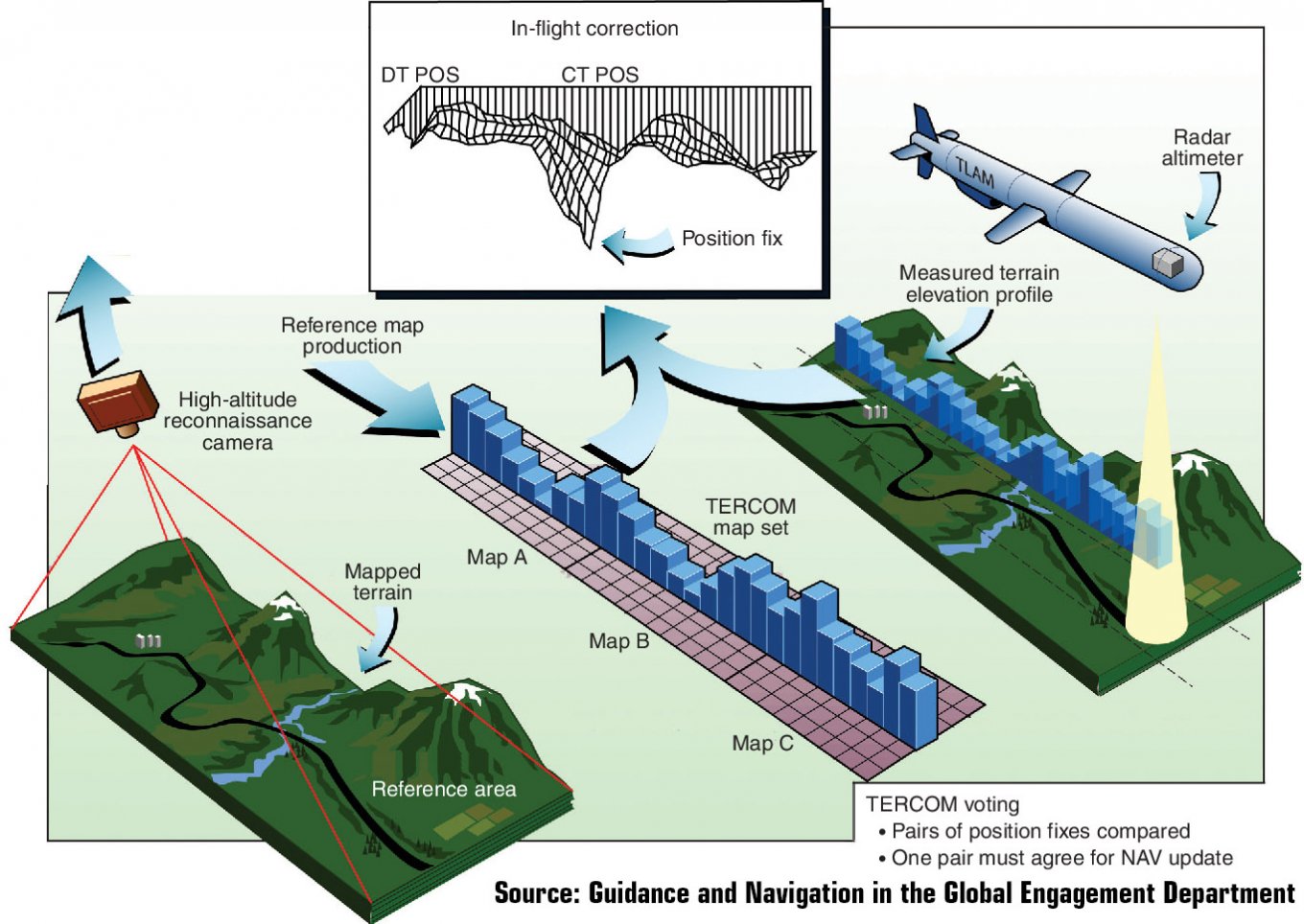
However, TERCOM requires highly accurate topographic maps, which are likely owned by the United States. While the British military may use these maps under agreements with the U.S., re-exporting them to Ukraine likely requires Washington’s approval.
Technically, Storm Shadow could still be used against russian targets without TERCOM, but relying solely on inertial and GPS navigation would significantly reduce its accuracy. This is problematic, not only because the missiles are expensive, but also because their stock is limited, making inefficient use a waste of valuable resources for Ukraine.
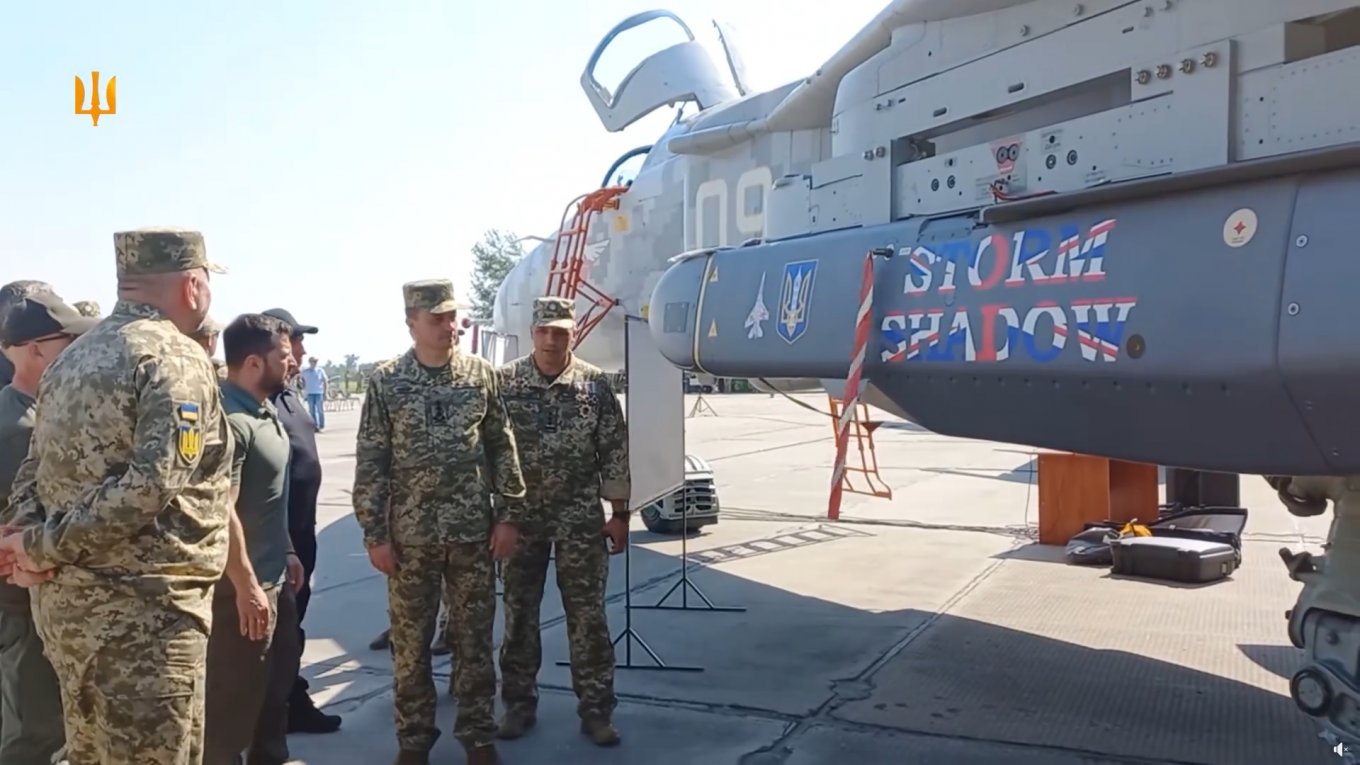
There are two other critical factors to consider. First, precision strikes require highly accurate target coordinates. Second, missile flight paths must account for enemy air defense systems to avoid them. This requires intelligence on air defense zones, something NATO has been able to gather with reconnaissance aircraft operating near Crimea but not in russian deeper regions. It was the main argument when the U.S. officials explained the logic behind limiting ATACMS strikes to Crimea.
Ukraine could address both of the factors by launching strikes on stationary targets, which have been identified through its own satellite capabilities, which have already enabled thousands of russian military sites to be hit. Moreover, Ukraine is awaiting the arrival of the ASC 890 (Saab 340) AEW&C reconnaissance aircraft from Sweden. This platform can not only detect air threats but also help locate russian air defense systems and their coverage areas.

Besides, even without long-range missiles, Ukraine is already conducting regular, methodical strikes using domestically produced long-range drones. These drone attacks help probe the fabric of russian air defense by revealing where drones are intercepted and where they manage to break through. Notably, Ukraine is reportedly using an A.I.-powered DSMAC-like system on some of these drones, similar in its working principles to those found in advanced British and American cruise missiles.
Read more: The Ultimate Advantage of Ukrainian Long-Range Kamikaze Drones Revealed: New-Gen DSMAC Guidance Like in Cruise Missiles




